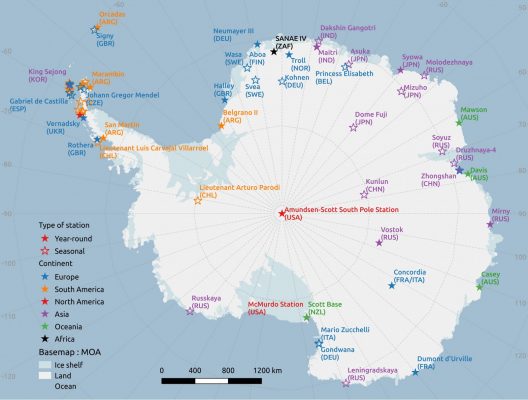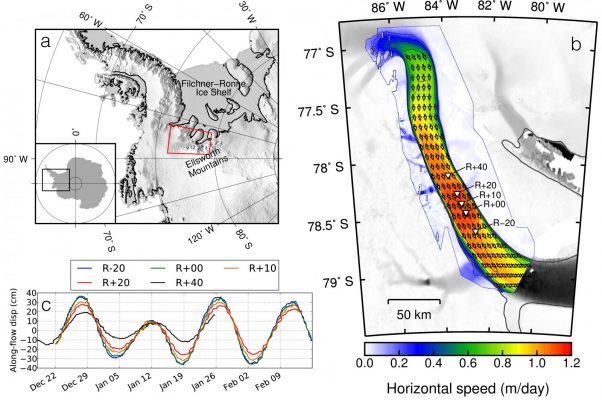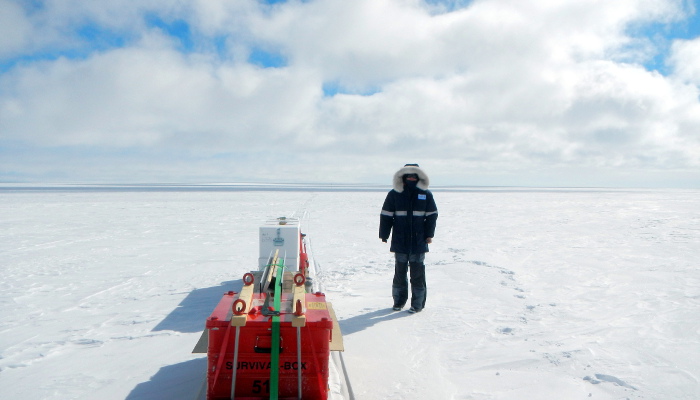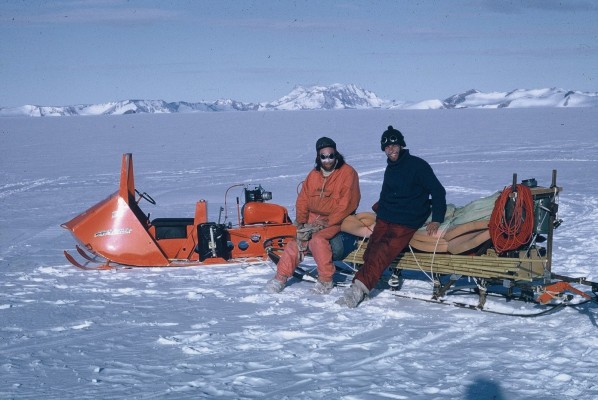The 30th August 2016 marks 100 years since the successful rescue of all (human) member of Shackleton’s Endurance crew from their temporary camp on Elephant Island (see map). Nearly a year prior to their rescue they were forced to abandon their ship – The Endurance – after it became stuck in thick drifting sea ice, known as pack ice, trying to navigate the Weddell Sea. It was the last major e ...[Read More]
Image of The Week – 100 years of Endurance!










